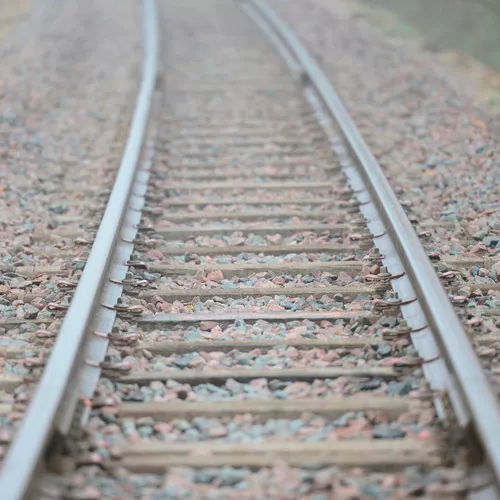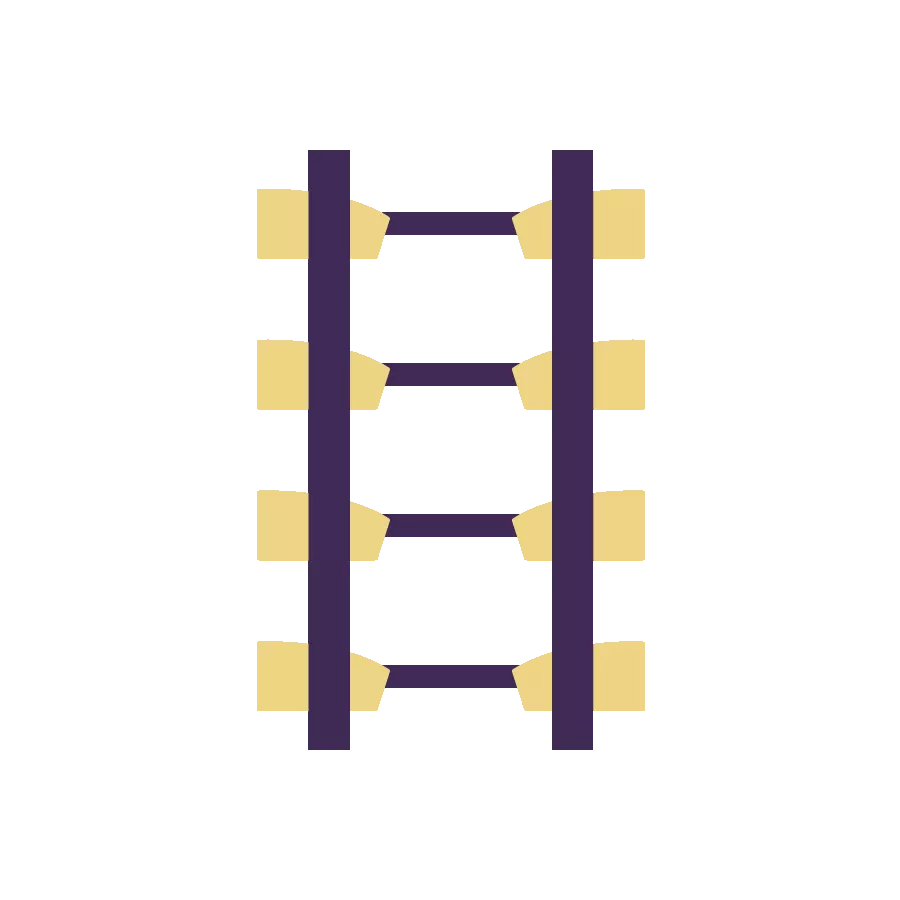Low-carbon rails: the circular economy in action at SNCF Réseau
By deploying low-carbon rails, SNCF Réseau and steelmaker Saarstahl are reducing C02e emissions by 200,000 tonnes—10% of SNCF Réseau’s total emissions.
Fine-tune your content
Short version
Minimizing our CO₂ emissions
New rails manufactured by Saarstahl emit 70% less CO2e than traditional ones. Why? Because they’re made entirely from recycled steel in electric arc furnaces, which require no coke—coke is the fossil fuel added to steel ores in traditional rail manufacturing. Plus, some of our scrap rails are recycled in the process, helping to develop a “rails for rails” short cycle.
SNCF Réseau also has an R&D programme to continuously improve rail eco-design, recycling and reuse.
Contracts totalling €1.3 billion for very low-emission rails
In January 2025, SNCF Réseau awarded contracts to 4 partners in industry following an innovative tender that set a particularly high bar for environmental performance. Winning bids came from Saarstahl Rail, JSW Steel Italy Piombino, Arcelormittal España and Voestalpine Rail Technology GmbH.
Saarstahl Rail was awarded the lion’s share–over €1 billion--and will be supplying 170,000 tonnes of rails a year for 6 years. These are very low-CO2 emission rails that will cover 80% of SNCF Réseau’s requirements over the period.

New, eco-designed rails
Nearly 80% of the new rails we purchase are eco-designed. This means they have a smaller environmental footprint from manufacturing to end-of-life, while meeting rail transport’s strict technical and safety standards. Our manufacturer, Saarstahl (DG Supply Chain), uses two eco-friendly processes to make our rails:
- The first is “short cycle” manufacturing—new rails are made exclusively from recycled scrap rails taken from our network or other sources. This method not only reduces waste but also saves energy and raw materials. The Saarstahl Ascoval plant in Saint-Saulve, northern France, specializes in this method.
- The second is electric steelmaking—new rails are made from new steel produced in an electric arc furnace. This method allows for very precise control of manufacturing conditions (temperature, speed, intensity), which optimizes energy efficiency. Also, by using decarbonized electricity sources like solar energy, it significantly reduces greenhouse gas emissions compared with coke-fired furnaces.
Recycling old rails
In addition to Saarstahl’s short cycle manufacturing, we mostly recycle old rails by selling them for use as raw material to be transformed into new steel. Recycling rails reduces the amount of iron ore mined and energy consumed to produce virgin steel.
The drive to melt down existing steel is part of the “Accord cadre France entière recycleurs (DGII)”, a framework agreement between the French State and recycling companies that encourages sustainable practices and waste management.
Low-carbon rails—a virtuous circle
Extending our rails’ life
We do this in several ways:
- By conducting rail maintenance directly on the track to eliminate any faults and guarantee that the railway network functions safely and efficiently.
- By reassembling rails in workshops at our Industrial Track Establishment (EIV) in Saulon-la-Chapelle in central France. The pioneering induction welding process used here is unique, creating new rails based on segments from existing networks. The resulting Long Welded Rails (LWRs), can be up to 432 metres in length as they leave the facility for transport and installation on track sections undergoing renovation.
- By reusing rails that have been removed in maintenance or infrastructure renovation operations. We only do this after checking to confirm compliance with relevant railway technical guidelines and safety standards.
Making the circular economy part of our rail network

94%
of old rails recycled and 6% repurposed

220,000 t
of CO2 saved thanks to electric-powered furnaces

50,000 t
of existing rails melted down to make new ones
Share the article